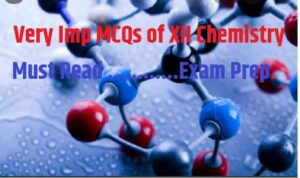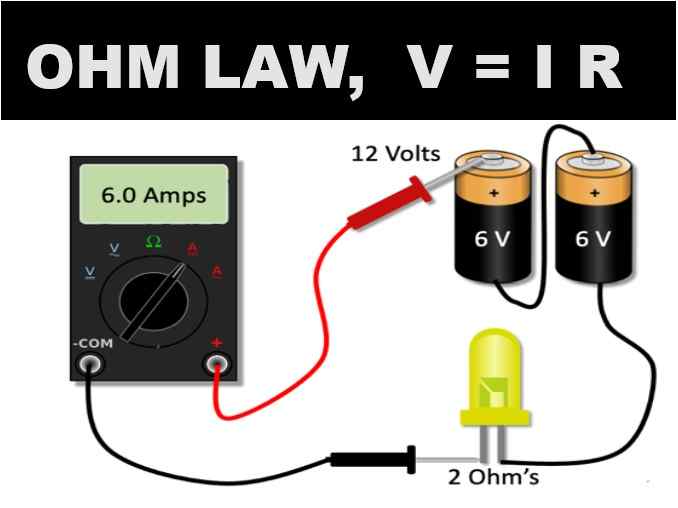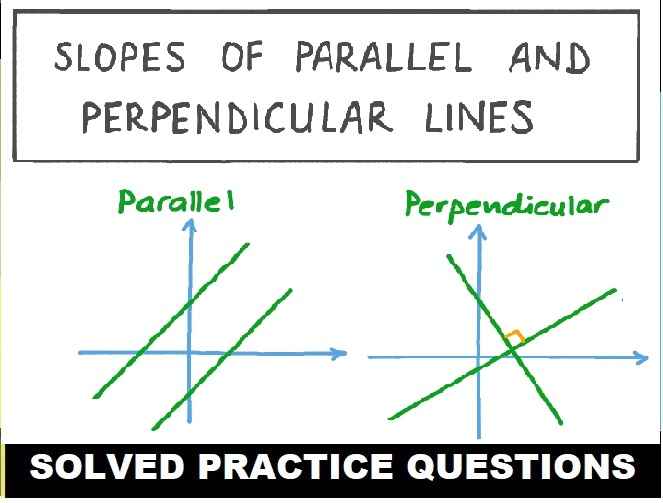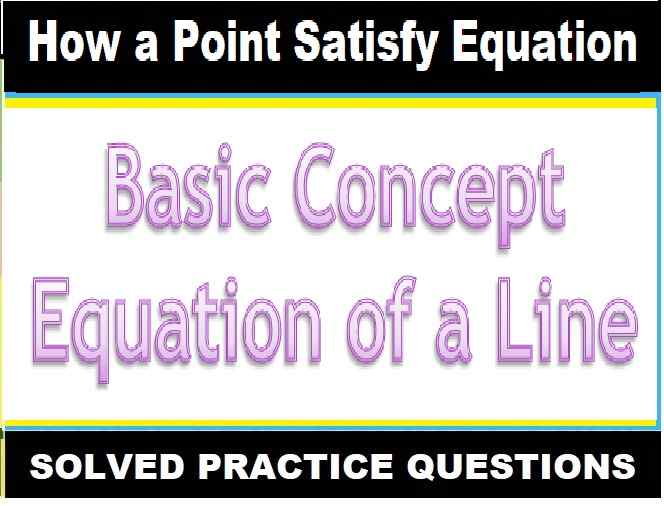Coordination Compounds MCQs Questions with Answers for ISC Class 12 Chemistry. These MCQ / Objective Type Questions is based on latest reduced syllabus according 2021-22 session on bifurcated pattern. Main motto of MCQ Type Question is cracking the next upcoming Sem-2 exam of council. Visit official website CISCE for detail information about ISC Class-12 Chemistry
ISC Class 12 Chemistry Coordination Compounds MCQs Questions with Answers

| Board | ISC |
| Class | 12th (XII) |
| Subject | Chemistry |
| Chapter | Coordination Compounds |
| Syllabus | on bifurcated syllabus (after reduction) |
| Session | 2021-22 |
| Bifurcated | Sem-2 |
| Topic | MCQs / Objective Type Question |
MCQs Coordination Compounds for ISC Class 12 Questions with Answers
Question 1: The hybridization involved in [Co(C2O4)3]3- is
(a) sp3d2
(b) sp3d3
(c) dsp3
(d) d2sp3
Answer: (d) d2sp3
Question 2: For the square planar complex |Mabcd| where M is the central atom and a, b. c, d are monodentate ligands, the number of possible geometrical isomers are
(a) 1
(b) 2
(c) 3
(d) 4
Answer: (c) 3
Question 3: Which of these statements about [Co(CN)6]3- is true?
(a) It has 4 unpaired electron, high spin
(b) No unpaired electron, high spin
(c) No unpaired electron, low spin
(d) 4 unpaired electron, low spin
Answer: (c) No unpaired electron, low spin
Question 4: The correct order of the stoichiometries of AgCl formed when AgNO3 in excess is treated with complexes: COCl3.6NH3, C0Cl3.5NH3, C0Cl3.4NH3 respectively is
(a) 3AgCl, lAgCl, 2AgCl
(b) 3AgCl, 2AgCl, 1AgCl
(c) 2AgCl, 3AgCl, 2AgCl
(d) lAgCl, 3AgCl, 2AgCl
Answer: (b) 3AgCl, 2AgCl, 1AgCl
Question 5: Pick out the correct statement with respect to [Mn(CN)J2-
(a) It is sp²d² hybridised, tetrahedral
(b) It is d²sp3 hybridised, octahedral
(c) It is dsp² hybridised, square planar
(d) It is sp3d² hybridised octahedral
Answer: (b) It is d²sp3 hybridised, octahedral
Question 6: The oxidation number of Cr in a [Cr(NH3)2F4]– complex is
(a) II
(b) III
(c) IV
(d) VI.
Answer: (b) III
Question 7: The name of [Co(NH2)3 (NO2)3] is
(a) Trinitrotriamminecobalt(III)
(b) Trinjtrotriamminecobalt(II)
(c) Trirtitrotriamjninecobalt (III) ion
(d) TrinitrotnamminecobaHate (III).
Answer: (a) T.initrotriamminecobalt(III)
Question 8: K3[Al(C2O4)3] is called
(a) Potassium alumino oxalate
(b) Potassium aluminium (III) trioxalate
(c) Potassium trioxalato aluminate (III)
(d) Potassium tris (oxalato) aluminium.
Answer: (c) Potassium trioxalato aluminate (III)
Question 9: IUPAC name of [Pt(NH3)3 Br (NO2) Cl] Cl is
(a) triamminechlorodibromidoplatinum (IV) chloride
(b) triamminechloridobromidonitrochloride- platinum (IV) chloride
(c) triamminebromidochloridonitroplatinum (IV) chloride
(d) triamminenitrochlorobromoplatinum (IV) chloride
Answer: (c) triamminebromidochloridonitroplatinum (IV) chloride
Question 10: Primary and secondary valency of Pt in [Pt(en)2Cl2] are
(a) 4, 4
(b) 4, 6
(c) 6, 4
(d) 2, 6
Answer: (d) 2, 6
Question 11: The complex ions [Co(NH3)5(NO2)]2+ and [Co(NH3)5 (ONO)]2+ are called
(a) Ionization isomers
(b) Linkage isomers
(c) Co-ordination isomers
(d) Geometrical isomers
Answer: (b) Linkage isomers
Question 12: Which of the following has magnesium?
(a) Chlorophll
(b) Haemocyanin
(c) Carbonic anhydrate
(d) Vitamin B12
Answer: (a) Chlorophll
Question 13: Which one is the most likely structure of CrCl3. 6H2O if 1/3 of total chlorine of the compound is precipitated by adding AgNO3
(a) CrCl3. 6H2O
(b) [ Cr (H2O)3 Cl3]. (H2O)3
(c) [ CrCl2 (H2O)4 ] Cl . 2H2O
(d) [ CrCl (H2O)5 ] Cl2 . H2O
Answer: (c) [ CrCl2 (H2O)4 ] Cl . 2H2O
Question 14: K4[Fe(CN)6 ] is a :
(a) double salt
(b) complex compound
(c) acid
(d) base
Answer: (b) complex compound
Question 15: K2[Fe(CN)6] is a/an
(a) double salt
(b) complex salt
(c) acid
(d) base
Answer: (b) complex salt
Question 16: According to Werner’s theory of coordination compounds
(a) Primary valency is ion isable
(b) Secondary valency is ionisable
(c) Primary and secondary valencies are lonisable
(d) Neither primary nor secondary valency is ionisable
Answer: (a) Primary valency is ion isable
Question 17: The ligand N(CH2CH2NH2) is
(a) bidentate
(b) tridentate
(c) tetradentate
(d) pentadentate
Answer: (c) tetradentate
Question 18: The organometallic compound is :
(a) Ti(OCOCH3 )4
(b) Ti(C2H5 )4
(c) Ti(OC6H5 )4
(d) Ti(OC2H5)4
Answer : (b) Ti(C2H5 )4
Question 19: Mercuric chloride is soluble in KI solution due to :
(a) the formation of complex ion
(b) common iodide ion
(c) none of the above
(d) both (a) and (b)
Answer : (a) the formation of complex ion
Question 20: The reagent commonly used to determine hardness of water titrimetrically is
(a) oxalic acid
(b) disodium salt of EDTA
(c) sodium citrate
(d) sodium thiosulphate
Answer : (b) disodium salt of EDTA
Question 21: Which of the following is not considered as an organometallic compound?
(a) cis-platin
(b) Ferrocene
(c) Zeise’s salt
(d) Grignard reagent
Answer : (a) cis-platin
Question 22: Which of the following ligands will not show chelation?
(a) EDTA
(b) DMG
(c) Ethene-1, 2-diamine
(d) SCN–
Answer : (d) SCN–
Question 23: Which of the following complex species is not expected to exhibit optical isomerism?
(a) [Co(en) (NH3)2Cl2]+
(b) [Co(en)3]3+
(c)[Co(en)2Cl2]
(d) [Co(NH3)3Cl3]
Answer : (d) [Co(NH3)3Cl3]
Question 24: For the square planar complex |Mabcd| where M is the central atom and a, b. c, d are monodentate ligands, the number of possible geometrical isomers are
(a) 1
(b) 2
(c) 3
(d) 4
Answer : (c) 3
Question 25: The hybridisation involved in [Co(C2O4)3]3- is
(a) sp3d2
(b) sp3d3
(c) dsp3
(d) d2sp3
Answer : (d) d2sp3
Question 26: The ligand N(CH2CH2NH2)3 is
(a) tridentate
(b) pentadentate
(c) tetradentate
(d) bidentate
Answer : (c) tetradentate
Question 27: An example of ambidentate ligand is
(a) Ammine
(b) Aquo
(c) Chloro
(d) Thiocyanato
Answer : (d) Thiocyanato
Question 28: Which of the following does not form a chelate ?
(a) EDTA
(b) Oxalate
(c) Pyridine
(d) Ethylenediamine
Answer : (c) Pyridine
Question 29: A bidenate ligand always
(a) has bonds formed to two metals ions
(b) has a charge of +2 or – 2
(c) forms complex ions with a charge of +2 or –2
(d) has two donor atoms forming simultaneously two sigma (Σ) bonds.
Answer : (b) has a charge of +2 or – 2
Question 30: NH2 -NH2 serves as
(a) Monodentate ligand
(b) Chelating ligand
(c) Bridging ligand
(d) Both (a) and (c)
Answer : (c) Bridging ligand
Question 31: Which of the following species is not expected to be a ligand?
(a) NO
(b) NH4
(c) NH2CH2CH2NH2
(d) Both (a) and (b)
Answer : (b) NH4
Question 32: The complex ions [Co(NH3)5(NO2)]2+ and [Co(NH3)5 (ONO)]2+ are called
(a) Ionization isomers
(b) Linkage isomers
(c) Co-ordination isomers
(d) Geometrical isomers
Answer : (b) Linkage isomers
Question 33: Which of the following shall form an octahedral complex?
(a) d4 (low spin)
(b) d8 (high spin)
(c) d6 (low spin)
(d) All of these
Answer : (b) d8 (high spin)
Question 34: The solution of the complex [Cu(NH3)4] SO4 in water will
(a) give the tests of Cu2+ ion
(b) give the tests of NH3
(c) give the tests of SO42- ions
(d) not give the tests of any of the above
Answer : (c) give the tests of SO42- ions
Question 35: Amongst Ni (CO)4, [Ni(CN)4]2- and NiCl42-
(a) Ni(CO)4 and NiCl42- are diamagnetic and [Ni(CN)4]2- is paramagnetic
(b) NiCl42- arrd [Ni(CN)4]2- are diamagnetic and Ni(CO)4 is paramagnetic.
(c) Ni(CO)4 and [Ni(CN)4]2- are diamagnetic and [NiCl4]2- is paramagnetic.
(d) Ni(CO)4 is diamagnetic and [NiCl4]2- and [Ni(CN)4]2- are paramagnetic.
Answer : (c) Ni(CO)4 and [Ni(CN)4]2- are diamagnetic and [NiCl4]2- is paramagnetic.
Question 36: Which of the following shows maximum number of isomers?
(a) [Cr(NH3)4Cl2]
(b) [Ni(en)NH3]2+
(c) [Ni(C2O4] (en)2]2+
(d) [Cr(SCN)2(NH3)4]+
Answer : (d) [Cr(SCN)2(NH3)4]+
Question 37: Which one will show optical isomerism?
(a) [Co(NH3)3Cl3]
(b) cis-[Co(en)2 Cl2] Cl
(c) trans-[Co(en)2 Cl2] Cl
(d) [Co(NH3)4 Cl2] Cl
Answer : (b) cis-[Co(en)2 Cl2] Cl
Question 38: The coordination number of a central metal atom in a complex is determined by
(a) the number of ligands around a metal ion bonded by sigma and pi-bonds both
(b) the number of ligands around a metal ion bonded by pi-bonds
(c) the number of ligands around a metal ion bonded by sigma bonds
(d) the number of only anionic ligands bonded to the metal ion
Answer : (c) the number of ligands around a metal ion bonded by sigma bonds
Question 39: [EDTA]4- is a :
(a) monodentate ligand
(b) bidentate ligand
(c) quadridentate ligand
(d) hexadentate ligand
Answer : (d) hexadentate ligand
Question 40: Correct formulae of tetraaminechloronitroplatinum (IV) sulphate can be written as
(a) [Pt(NH3)4 (ONO) Cl]SO4
(b) [Pt(NH3)4Cl2NO2]2
(c) [Pt(NH3)4 (NO2) Cl]SO4
(d) [PtCl(ONO)NH3(SO4)]
Answer : (c) [Pt(NH3)4 (NO2) Cl]SO4
–: End of MCQs Chemical Kinetics for ISC Class 12 :–
-: also visit :-
- ISC Sem-2 Question Bank Class-12
- Sem-2 ISC Specimen Paper for Class-12
- ISC Class-12 Textbook Solutions ,Syllabus, Solved Paper
- Previous Year Question Paper for ISC Class-12
Please share with your ISC friends if it is helpful
Thanks


